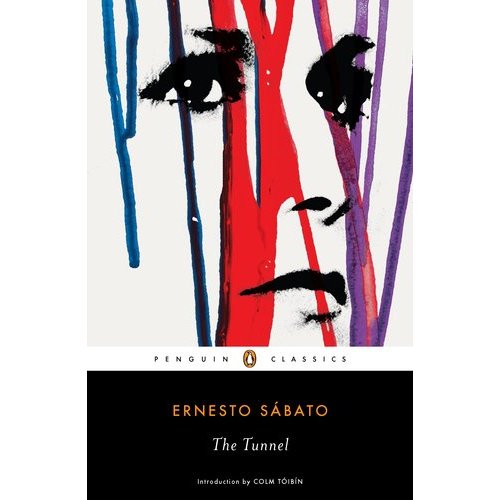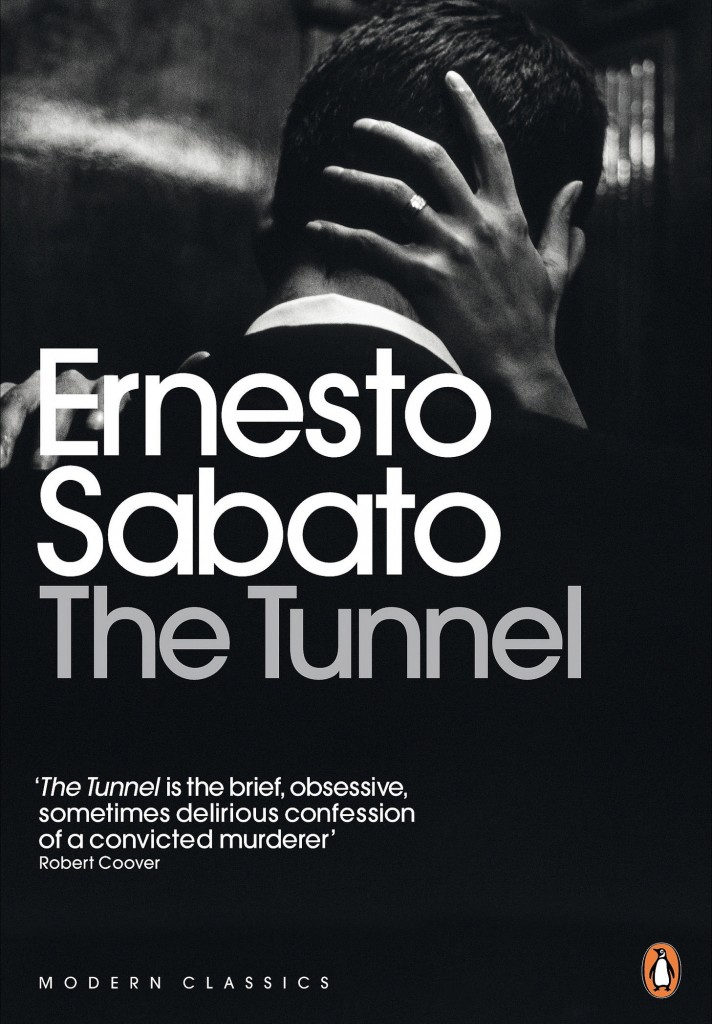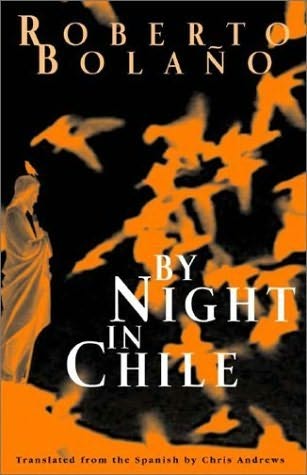.
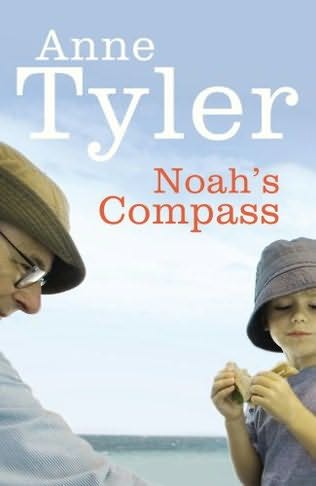
.
I remember emerging from a New York City art museum some years ago after spending an hour looking at paintings in a Richard Estes exhibition. Estes is a photo-realist painter known for his meticulously detailed canvasses of urban environments. As I hit the sidewalk and walked to Penn Station, I noticed that the avenues, vehicles, buildings, sky — the entire city — looked different. I was seeing the world with more sharply focused vision, a carry-over from time spent immersed in Estes’ art. The most striking effect was my heightened awareness of the unique light that fills the streets of Manhattan. It was a luxurious effect.
The same feeling comes over me whenever I finish a new novel by Anne Tyler. There is one difference, though. Tyler’s art engenders not only new perceptions of the everyday physical environment, but also a more generous understanding of human interactions, of personal relationships.
“Noah’s Compass” is relatively short, just 277 pages in the British edition that I read (published by Chatto & Windus; Knopf will release the American edition on January 5, 2010). There are critics who disparage Tyler as a play-it-safe miniaturist. They say she avoids grappling with the Big Themes of existence and death; she’s stuck in the quotidian. Yet Liam Pennywell, the protagonist of “Noah’s Compass,” at one point observes how “we live such tangled, fraught lives . . . but in the end we die like all the other animals and we’re buried in the ground and after a few more years we might as well not have existed.” Could this passage be a bone Tyler is throwing to the nay-sayers? Perhaps. I think the critics are tiresome. What I am more sure of, and more interested in, is that “Noah’s Compass” finds the author in full command of her craft. Tyler shares with the Big Theme guys (authors such as Tolstoy, Joyce, Mann, Camus) a rare power to convey what it feels like to be alive.
One of the book’s pleasures is how its hold on the reader gains strength page after page. It starts in familiar Tyler territory, introducing a main character who’s living half a life. The story unfolds in comedia dell’arte fashion, as Liam is beset by the women in his life, who intrude upon and occupy his present as well as his remembrances. Incidents range from tiny to grand, from equivocal to harrowing. Some leave wounds. Complications blend the farcical and tragic. Inveterate Tyler readers will sense from the opening pages that Liam may — or may not — find himself in a different external state by the close of the tale. But he himself will be different, and we too. The book’s final chapter takes us to a pre-school for three-year-olds. Could there be a more suitable stage upon which to close out the narrative with a modest summing up?
There are no solutions to the mysteries of why people are the way they are. Life offers no answers. Yet there are, in Tyler’s universe, lessons to be had, more things for Liam to learn:
“It came as news to [Liam] that small children maintained such a firm social structure. They played consistent roles in their dealings with each other; they held fierce notions of justice; they formed alliances and ad hoc committees and little vigilante groups. Lunches were parodies of grownups’ dinner parties, just with different conversational topics. Danny held forth at length on spaghetti’s resemblance to earthworms, and some of the little girls said, “Eww!” and pushed their plates away, but then Hannah — first clearing her throat importantly — delivered a discourse on a chocolate-covered ant she’d once eaten, while shy little Jake watched everybody admiringly from the sidelines.”
What inevitably happens when reading the best of Tyler’s novels happened, this time, when I was half-way through the book. Tyler aficionados know what I’m talking about. You come upon a magical passage; read a perfect description of a person or place or encounter; listen to a precisely-pitched stretch of dialog; absorb a paragraph that expresses a sentiment often thought “but ne’er so well expressed” — and at those moments you think to yourself, How the hell did she do that? Let me read that again. Let me mark these spots. But then you find yourself marking up every page. The exercise turns futile, redundant: the entire book is of a piece.
I love the Baltimore dialect (“let me skootch this footstool around”), the apt similes (“the marble treads were worn down in the middle like old soap bars”), and the Updike-like attention to detail. Here is Tyler describing a working-class neighborhood of 1940s-vintage cottages:
“There was an abundance of lawn ornaments — plaster gnomes and fawns and families of ducks, birdbaths, windmills, reflective aluminum gazing globes, wooden cutouts of girls in sunbonnets bending over the flower beds with their wooden watering cans. Liam’s father’s yard had a miniature pony cart planted with red geraniums and hitched to a plaster pony.”
Rhymes, echos, and recurrences abound, usually in service to Tyler’s ever-wise examination of human psychology. Virtually everything has metaphorical significance. The tension of yes and no, true and false, is non-stop. This is life. On his first encounter with Eunice (who will become a love interest) Liam considers her behavior: “Either she was admirably at ease anywhere or she suffered from a total lack of discrimination.” Eunice’s habit of repeatedly calling new acquaintances by their first name is later echoed by another character, and as a reader you wonder, did one person influence the other, or was this something they shared in common from the start, and if the latter, doesn’t that suggest these two are better off remaining paired, not separated?
At points things veer toward the heavy lot of Job, as when a troubled Liam asks himself, “How had things reached such a state? But it wasn’t his fault. He honestly didn’t think he should be shouldering the blame for this.” This brings to mind the famous opening sentence of a famous Big Theme book: “Someone must have been telling lies about Josef K., he knew he had done nothing wrong but, one morning, he was arrested.” In Tyler’s hands, the serious is leavened with the comical; Liam comes across as a bit of a schlemiel. I was interested in Tyler’s handling of religion (one of Liam’s daughters is a born-again Christian). On the evidence of this book, I suspect Tyler herself is a skeptic. Although she loves her characters and watches admiringly over them from the sidelines, Tyler lets no one off lightly. No one escapes unscathed.
Let me add, the final sentence of “Noah’s Compass” is perfect.
.
[UPDATE (01-09-2010): A revised version of this review is posted on Amazon, here.]
____________________________________
Note: The book cover of the British edition is above. Below is the cover of the American edition. Neither image will make sense to the reader of the novel. Although Liam Pennywell has a grandson, no mention is made of the two of them going to the beach. Neither do I recall any episode in which a character, swaddled in a plaid blanket, reads from an old illustrated volume. Oh, well; both are pleasing covers.
.
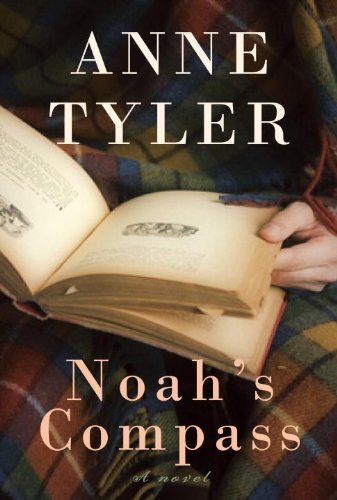
.
